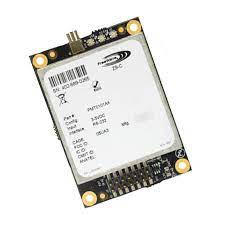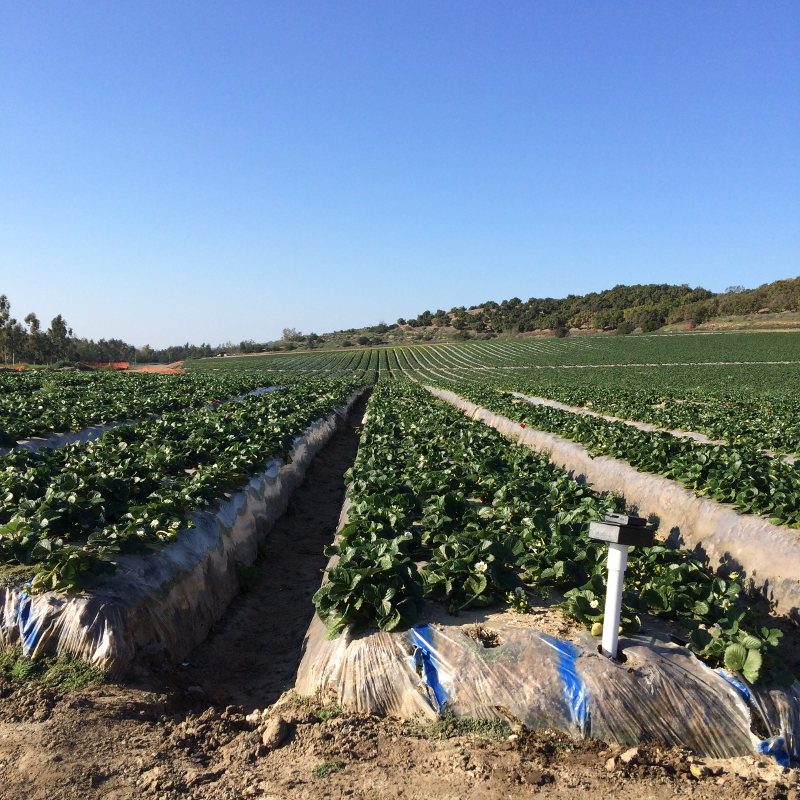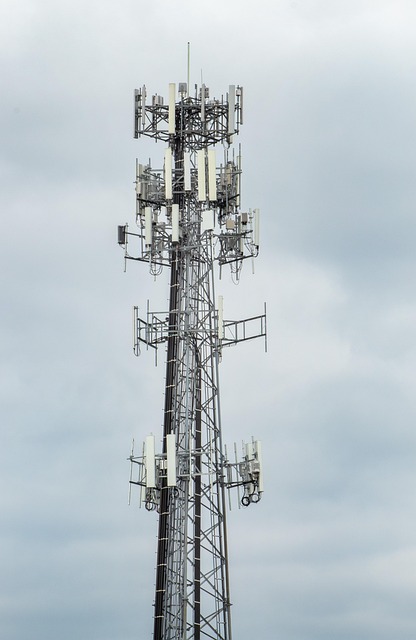A Wireless Farm Network is simply a wireless data network used to move data around on a farm. Do you have a Wireless Farm Network? Do you have more than one? Do you need one? Do you need more than one?
You may be thinking, “a WHAT??? Is this the new buzzword from some Silicon Valley company that’s going to be gone in a week?”
But it’s not a buzzword or an advertising slogan; I argue that it will be as indispensable as the tractor, but something you will use all the time, in-season and out. In fact, you may already have one or more Wireless Farm Networks.
The Past
When we started on AyrMesh 15 years ago, people scoffed at the idea of a wireless network to cover an entire farm. “Why would a farmer need WiFi?” was a frequent question we received, and we patiently explained to anyone still listening that farming was going to become much more data-driven and much more automated over time. Farmers would need networks to move that data and enable automation, and the world has pretty much settled on Internet Protocol (IP) as the normal way to move data. Burying Ethernet cables and fiber across the farm is not really practical, so farms would be using wireless networks, and WiFi is simply the only feasible choice.

The funny part is that a lot of farmers already had rudimentary Wireless Farm Networks even then. I had come out of the auto-steering industry, and we had used 900 MHz. data radios to transmit corrections from RTK bases out to the “rover” units on tractors, sprayers, and combines. We even made “repeater” units to enable a very rudimentary “mesh” with those units. Some farmers used those same radios (which connected to RS-232 serial ports) to monitor weather stations, soil moisture probes, and to control irrigation systems.

In the mid-2000s, some vendors started to come out with soil monitoring systems based on 802.15.4 (Zigbee and others) meshing – very low-power, low-bandwidth intended for home automation. It was somewhat useful, especially for smaller operations and specialty crops, but quite a number of companies went out of business trying to make a market for these products.

Later, a company called Cycleo introduced products similar to Zigbee (low-power, low-bandwidth) called “LoRa,” but, instead of using meshing, they used good antennas and very low bandwidth to achieve very long range – up to 6.2 miles (10 KM). Cycleo was acquired by Semtech, which put a lot of marketing push behind LoRa and LoRaWAN. Several companies have adopted LoRa as a farm network of sorts for communicating to very low-power, low-bandwidth devices like sensors and simple controllers, and it works very well for sensors and other devices that need to run for long times on batteries and don’t need to use much data.
In 2010, Ayrstone introduced our first generation of AyrMesh Hubs for meshing WiFi, with the current Hub2 line coming out in 2013. WiFi has the advantages of being:
- Low cost – WiFi access points like the AyrMesh Hubs are based on very high-volume chips and designs, so can be made quite inexpensive
- Standard – There are a lot of things that can use WiFi – phones, tablets, laptops, cameras, sensors, actuators – because it’s an international standard, there are myriad vendors for the base technology (WiFi radios) that can be integrated into literally millions of products
- High Bandwidth – Even long-range WiFi like AyrMesh can achieve bandwidth in the tens of millions of bits per second (Mpbs), much more than the thousands of bits per second (Kbps) like the old data radios or hundreds of thousands of bits per second like LoRa.
- Low latency – since WiFi uses an IP network, devices on the network can “talk” to each other, as well as to the Internet, and latencies (the time it takes for data to get from one device on the network to another) are typically a few milliseconds.
- Familiar – everyone has WiFi in their homes, businesses, stores, cafes, restaurants, and many cities even have municipal WiFi for public use. Everyone has it and knows how it works.
The Present
Currently, all these technologies are still in use, in varying degrees. There are still 4800 and 9600 “baud” data radios on some farms and there are still some “Zigbee” networks out there, but they are disappearing because they have been eclipsed by more modern technologies. Perhaps more importantly, most of those radios were designed so they’d only work with the same vendor’s radios, and most of the vendors for these systems have stopped building those products or gone out of business, so replacements are unavailable.
Cellular has become a viable alternative in some places, but, first, the cellular network is not under the control of the grower, it’s under the control of the service provider, so they decide the coverage and the available bandwidth. Also, every device using the cellular network requires a “subscription” with the carrier, and those costs can add up very quickly. Finally, cellular data goes directly to the public Internet; there is no option to keep your data on the farm. You may be able to pull your data off “the cloud” and onto a device on your farm, but it will have to go up to “the cloud” somewhere.
Recently, satellite connections have come to market as an alternative – I know of at least one autonomous sprayer company using satellite data communications. While satellite data solves the problem of having to be close to a cellular tower, they require clear line-of-sight to the sky, which can limit effectiveness in some situations. All devices connecting to the satellite also need subscriptions, so this cannot be an effective solution for applications requiring significant numbers of devices (e.g. soil sensing).
While LoRa and other low-bandwidth modes may be useful for some situations (again, soil sensing as an example), there are still important reasons to have a WiFi network. A WiFi network can provide “backhaul” for a LoRa-type network, so the LoRa gateway does not need to be connected to the cellular network, as is common now. As noted earlier, there are many, many devices that can connect to WiFi, from phones to security cameras to weather stations and other sensors. Very few devices can connect to LoRa, and the vendor may exclude devices other than their own from connecting to their network. Once you have a WiFi network across your farm, you have a lot of flexibility for easily adding a lot of different devices from a wide variety of vendors because WiFi is a global standard.
Importantly, WiFi is still evolving – modern 802.11ax (WiFi 6) is fully compatible with older versions of WiFi like 802.11n, but offers greater efficiency for improved bandwidth and reliability. 802.11ax also includes features like Target Wait Time (TWT), which allows battery-operated devices like sensors to connect while using minimal power, much like LoRa, effectively eliminating the need for a second “sensor network.” Building your Wireless Farm Network now will give you good connectivity today, and future-proofing for tomorrow.
There is a danger of different products using different networks, leading to the presence of numerous Wireless Farm Networks on a farm. Vendors have wanted to be able to “own” the entire installation for their products, including the wireless network they use. The upshot is that you can end up with one wireless network for soil sensors, another for your grain bins, another for autonomous machinery, etc. The end result is a tower like the lead graphic for this blog post: a Gordian Knot of complexity, with vendors fighting each other (and blaming each other) and no control for the grower.
I want to encourage all AgTech vendors, and I want farmers to encourage the vendors they work with, to simplify and use WiFi as the wireless network (or at least an optional wireless network) for new AgTech products. If a product depends on cellular data connections, recognize that limits its usefulness for the vast majority of farms and build in an inexpensive, universally-applicable WiFi alternative. We’ll help. Similarly, if your product is using LoRa, look at using 802.11ax instead to drive down cost, complexity, and vendor lock-in.
I’ll be at World Ag Expo next week; if you’re going to be there, please drop me a line at [email protected] and let’s try to meet up.

